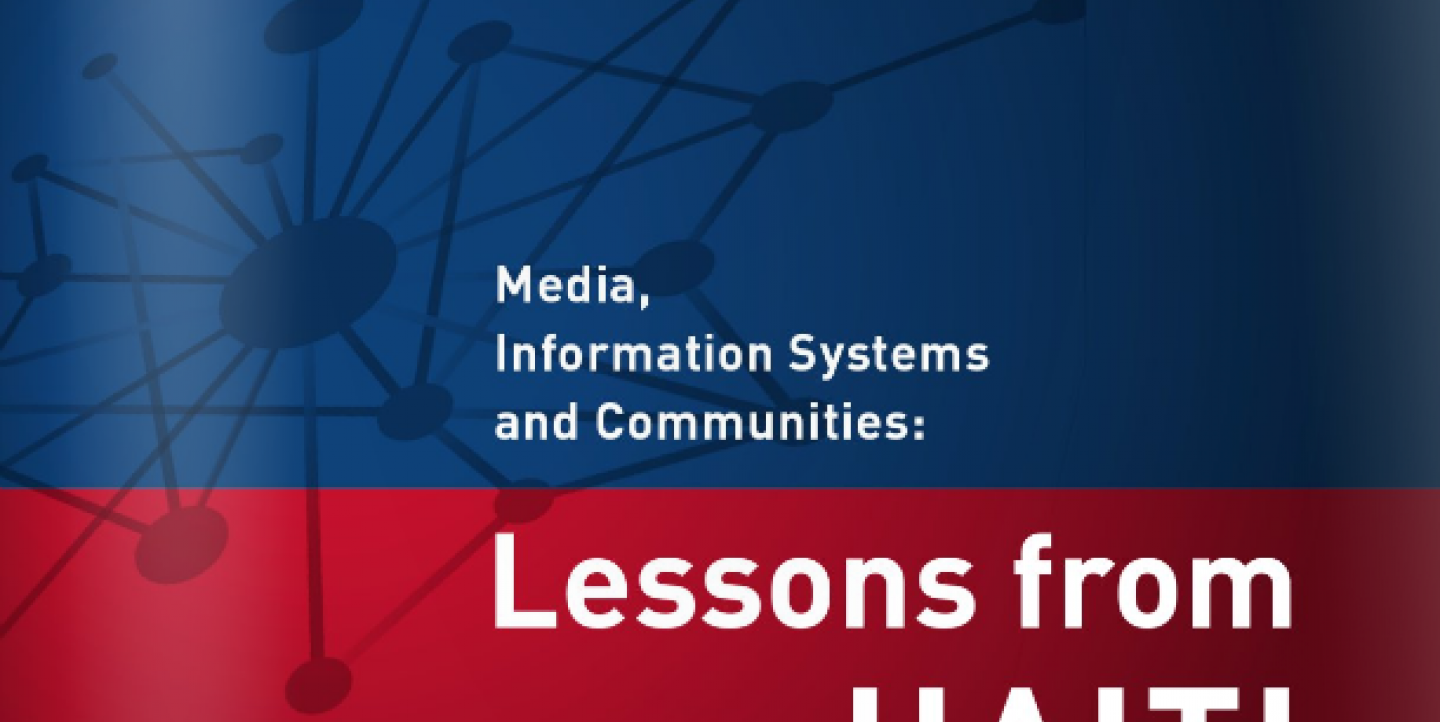A new report by Communicating with Disaster Affected Communities (CDAC), with support from Internews and funding from Knight Foundation, takes a critical look at the role of communications in the aftermath of the earthquake in Haiti and recommends ways to improve the effectiveness of utilizing media in future disaster relief efforts.
In the weeks after the crisis, Haiti quickly became a real world laboratory for several new communication tools. The most notable innovations to emerge from Haiti were: the translation of crowdsourced data to actionable information; the use of SMS message broadcasting in a crisis; and crowdsourcing of open maps for humanitarian application. However, the report cautions against calling the Haitian experience a "new media success story," as some of the approaches – attempted for the first time – faltered. In addition, new media efforts did not preclude the importance of traditional media. As in past crises in the developing world, radio continued to be the most effective tool for serving the information needs of the local population. The report closes with a series of recommendations for technology groups, media development and humanitarian organizations, national governments and donors on improving the use of media in future recovery efforts.
Access the report here.

